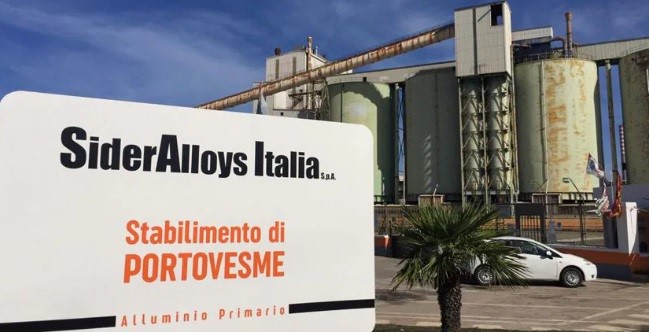

Alcoa’s old smelting unit, situated at Portoscuso, Italy, is to be rejuvenated by the efforts of Sider Alloy Italia with a considerable amount of investment. The company’s agreement with Sistem Teknik, a leading maker of industrial furnaces for more than four decades, has resulted in the delivery of a homogenising furnace to be installed in the plant.

The worldwide aluminium industry is gradually expanding, and these continuous lines can be of better use than the conventional method in the current market. Since there is complete utilisation of the process, cycle-time and energy consumption rate would also be lesser than the batch-type melting of the metal.
The homogenising furnace creates a perfect thermal balance as each billet in a continuous homogenising line can endure equal cooling and heating techniques. The billets are fed to the system with the help of an excellent conveyor belt, whereas a circular fan generates a horizontal airflow inside the furnace. The extraordinary design of the fan permits homogenous heat distribution in the interior of the furnace.
Sistem Teknik has constituted various continuous homogenising furnaces before this, but Alcoa’s new addition has a rare configuration to itself; it uses electricity. The absence of burners and natural gases makes the process environment friendly as there will be less carbon footprint due to the use of electricity than natural gas in the heating phase, increasing proficiency by 75 per cent.
Integrated electric cassette heaters boost the temperature homogeneity and align the billets in a singular line while preserving the temperature at ±3 degrees tolerance. Moreover, since the heat is generated through an electric system rather than a flame burner, high accuracy temperature control can be achieved. This enhanced control system configures the air temperature to arrive at accurate or variable needs while maintaining the process continuity after the desired thermal conditions are met inside the furnace.
The furnace needs to be fed with a continuous supply of billet so that, with the help of the electric heater cassettes and fans inside, they can be forged into the desired microstructure. The billets are then pushed out of the furnace applying the same process, then are transferred to the turbo cooling system via the conveyor and lastly, cooled superfast. As an outcome, the desired microstructure can be created by using subsequently lesser time than the conventional processes.
This latest furnace design opens a sustainable avenue for the aluminium industry to curtail its dependency on fossil fuels and also stands as a better option for investors who are looking to face the global energy crisis with some technological prowess.
After the amendment of the Paris Environmental Act of 2016, electric furnaces are posing as better alternatives for energy-intensive industries like aluminium. In the end, these furnaces are beneficial for the investor as it saves a lot of equipment usage, in turn making it cost-effective for the investor.
The absence of burners but the addition of chimneys in the furnace reduces the chance of any unexpected explosion.
The project is estimated to be accomplished by the end of 2023 with an enormous amount of help from Sider Alloys Italia and Sistem Teknik. This project will act as a perfect example for future generations of aluminium enthusiasts and would also be crucial in achieving the European Commission’s 2050 zero carbon targets. Both companies are on a journey to unravel new solutions to check the aluminium sector’s dependency on natural gas in the long run, along with incorporating exceptional methods to make aluminium production a sustainable affair.
Responses








